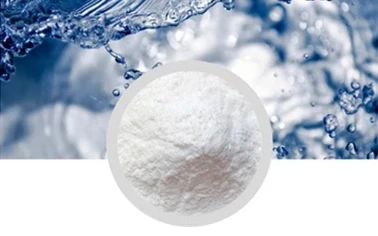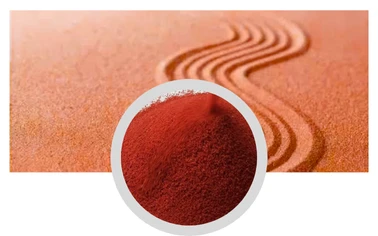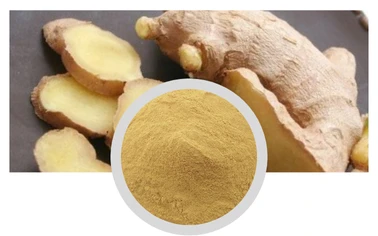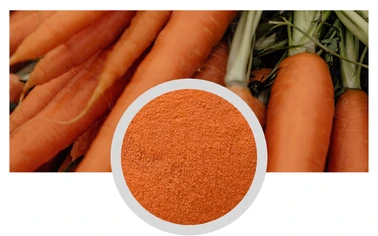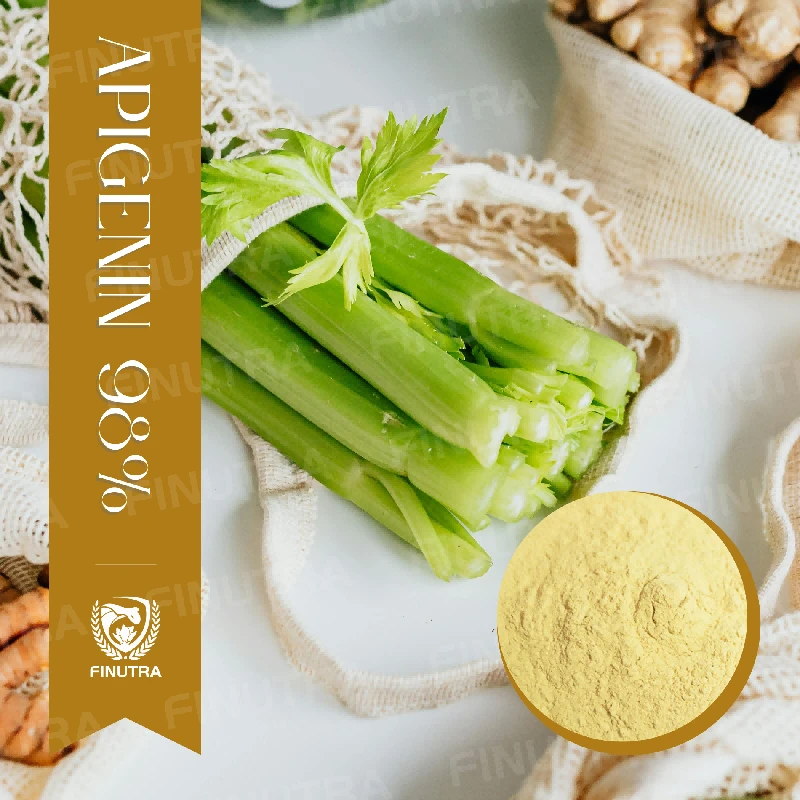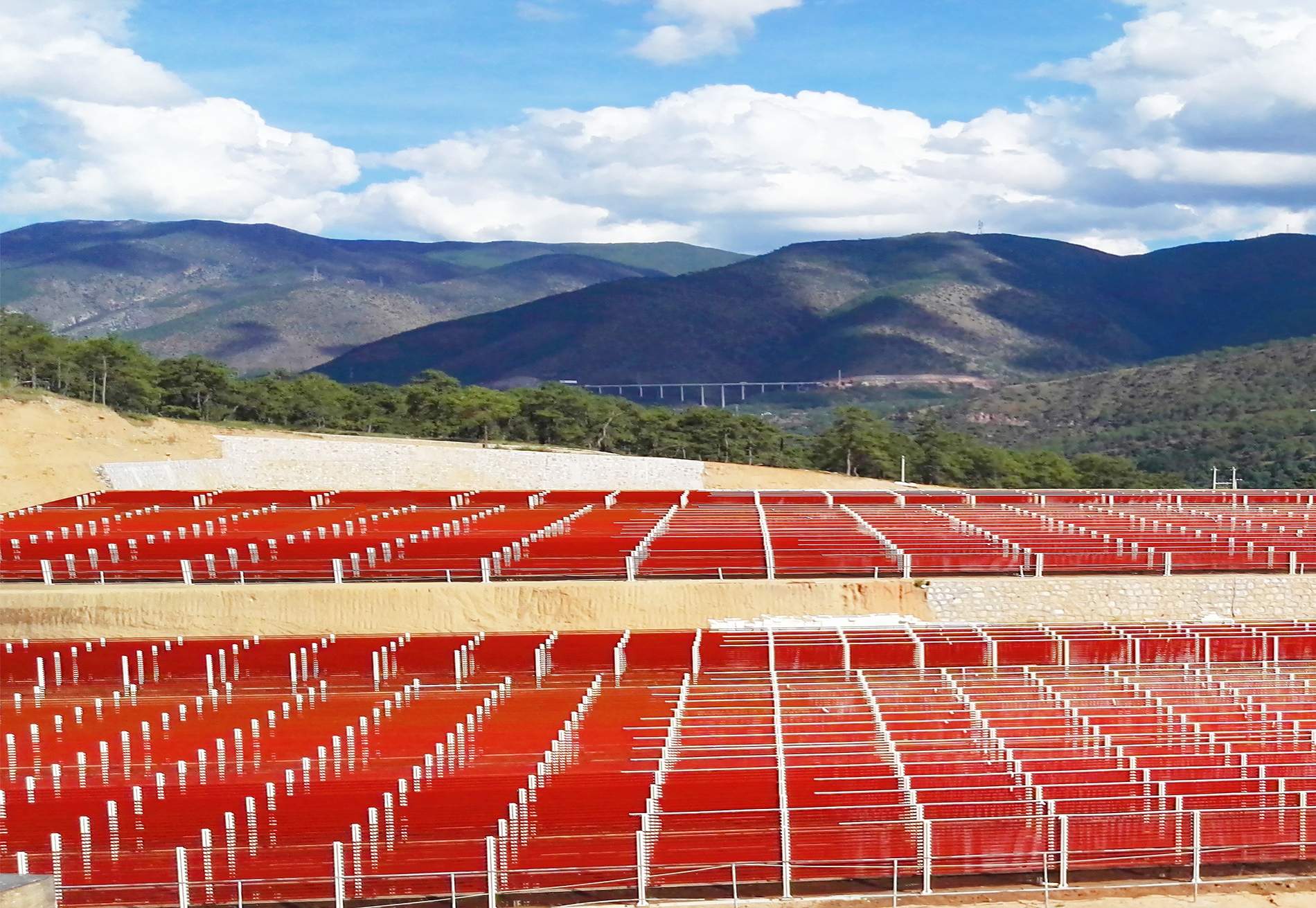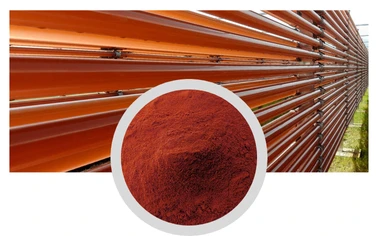
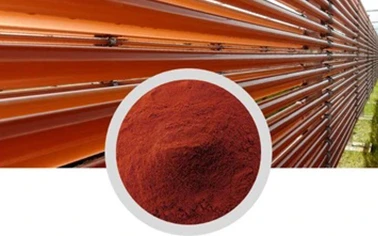
Experience shared among users of pepper concentrate reveals its vast potential across different cuisines and culinary styles. It has found a home in traditional recipes, such as hot sauces that date back generations, as well as in modern innovations like fusion dishes that mix cultural flavors. This adaptability speaks volumes about the concentrate’s role in bridging diverse culinary practices. Whether it’s adding a fiery note to a classic Italian arrabbiata sauce or becoming the secret ingredient in an Asian stir-fry, pepper concentrate has proven to be an indispensable tool in the kitchen. Despite its myriad advantages, the use of pepper concentrate is not without considerations. Due to its intense concentration, it requires careful handling and storage to preserve its flavor profile and heat intensity. Chefs and food manufacturers must be diligent in its measurement to avoid overwhelming a dish’s intended flavor. Moreover, understanding the Scoville scale—used to measure a chili pepper’s heat—is essential when working with pepper concentrate. It aids in selecting the appropriate concentrate variant to achieve the right level of spice. Finally, pepper concentrate is not just valuable for its culinary benefits but also for its potential health advantages. It contains capsaicin, a compound associated with various metabolic health benefits, such as aiding digestion and boosting metabolism. This added bonus enhances its allure among health-conscious consumers seeking flavor without compromising their dietary goals. In summary, pepper concentrate stands as a beacon of innovation in the culinary world. Its intense flavor, consistency, and versatility position it as a staple ingredient in a chef's toolkit. The expertise required to leverage its benefits underscores its professional acclaim, while its trustworthy production methods ensure it satisfies the demands of the most discerning kitchens.
Post time:Jan - 20 - 2025



